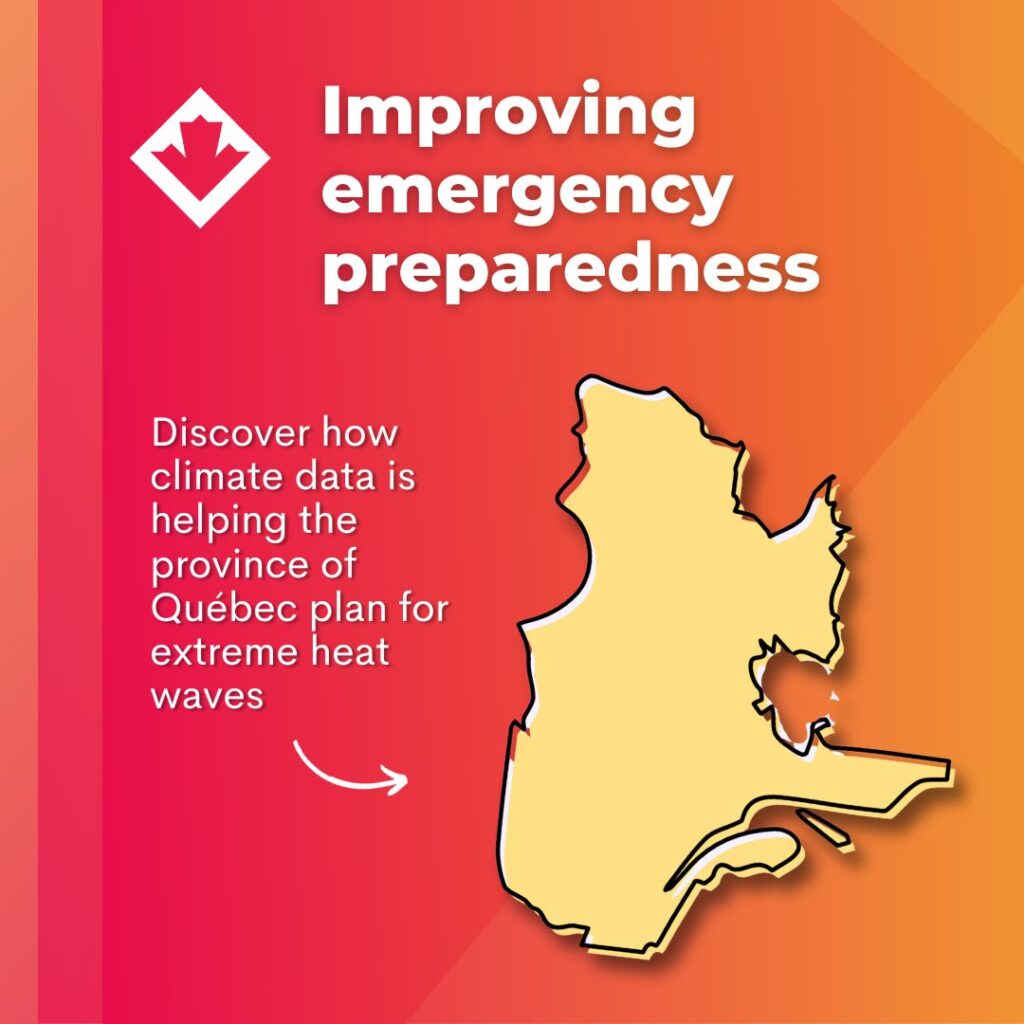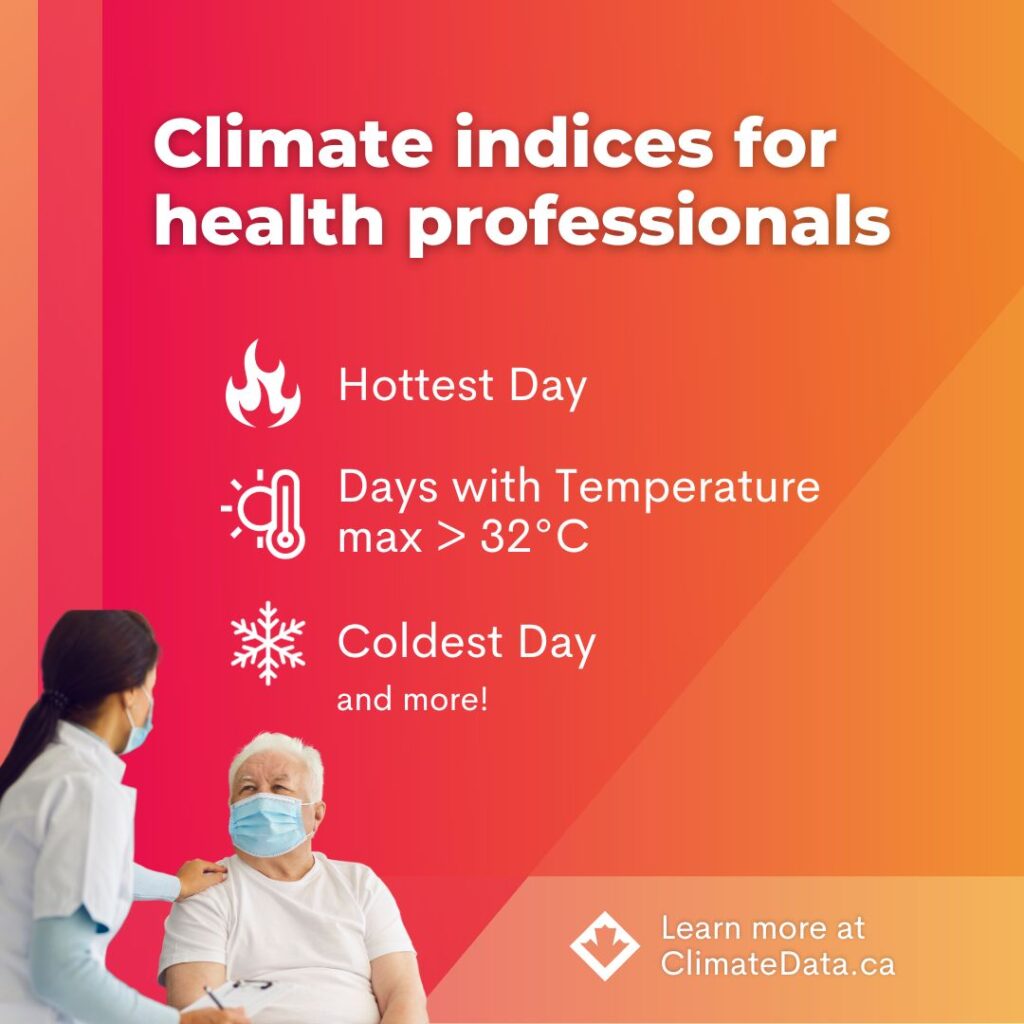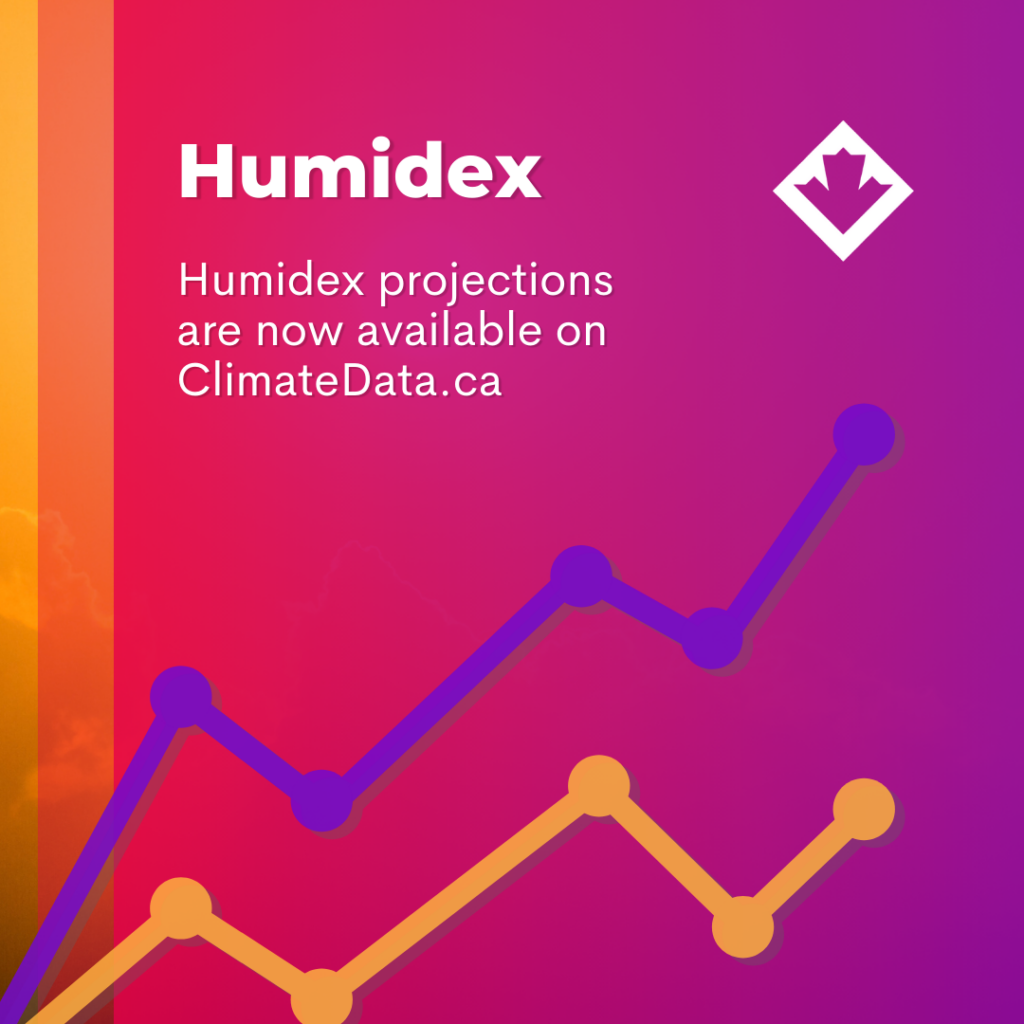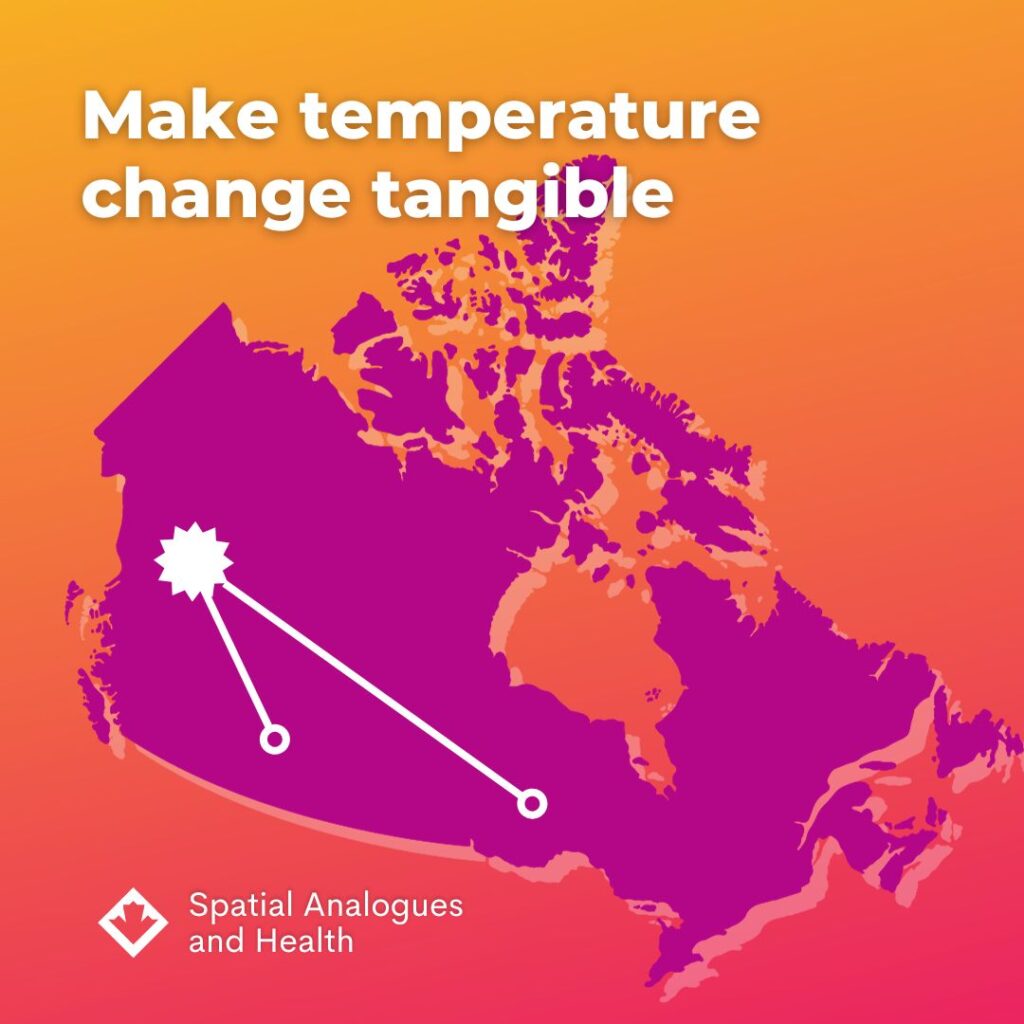For those who are ready to dive into climate data and communicate risks, there are a number of pre-computed climate data indices users can browse, visualize, and download that pertain to the health sector, namely:
A. Hottest Day: As the name suggests, this index describes the average hottest day of the year for a location. Very hot daytime temperatures influence the suitability of a particular place for flora and fauna, dictate architectural decisions, and guide energy consumption. Furthermore, extreme heat can jeopardize human health, with the elderly being particularly susceptible to heat-related ailments.
B. Days with Tmax > 32°C: The average number of days per year when the daytime temperature exceeds 32°C is an important variable to understand in order to accommodate such temperatures in daily life and urban planning. Extreme heat can lead to dehydration, heat stroke, and in extreme circumstances even death. The elderly and those with existing medical conditions, but also outdoor workers, athletes and people without homes, are particularly vulnerable to extreme heat conditions. As Canada’s climate warms, the frequency and severity of heatwaves are expected to increase. This is expected to be particularly impactful in areas such as Canada’s north, where communities are less prepared to cope with extreme temperatures.
C. Coldest Day: As with the Hottest Day index, this index describes the average coldest day of the year for a location. While Canada is no stranger to frigid temperatures, these cold spells have profound implications on health, specifically exposure to cold temperatures can, in extreme cases, lead to hypothermia. Cold temperatures can also affect our health and safety by determining what plants and animals can live in the area, limiting or enabling outdoor activities, defining how we design our buildings and vehicles, and shaping our transportation and energy use. Overall, Canada is projected to experience fewer and less persistent instances of extreme cold temperatures in the future.
D. Wet Days >= 20mm: Cataloging days with precipitation (rain and snow) of at least 20mm, this index can be used to gauge changing rainfall intensity and frequency. Changes in precipitation can affect human well-being and the ecosystems we depend on, including impacts to the quality and availability of drinking water.
E. Tropical Nights (Days with Tmin > 22°C): Tropical Nights are nights when temperatures remain above 22°C. Tropical nights make it more difficult for the body to cool down and recover from hot days, which can cause heatstroke and heat exhaustion, and can worsen existing medical conditions. Elderly people, people without homes, and those who live in houses or apartments without air conditioning are especially vulnerable during these heat events, particularly if they last for more than a few days.





